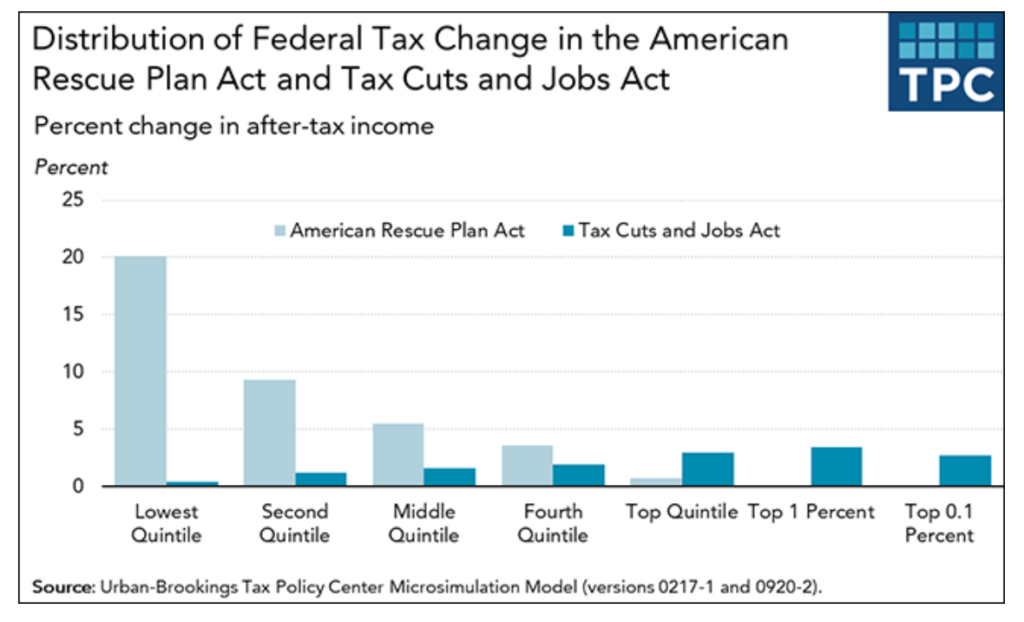Link: https://www.economist.com/graphic-detail/2021/03/04/is-the-lot-of-female-executives-improving
Graphic:

Excerpt:
WALL STREET’S glass ceiling cracked at last on March 1st, as Jane Fraser took charge of Citigroup, becoming the first woman to head a big American bank. That cracking sound has also been echoing across the rest of America Inc. Last year Carol Tomé became boss of UPS, a package-delivery giant. In January Rosalind Brewer became only the third black woman ever to run a Fortune 500 company (Walgreens Boots Alliance, a pharmacy chain). A month later Thasunda Brown Duckett was picked to run TIAA, a big pension fund.
Yet despite progress for women in the workplace, America still has a long way to go according to The Economist’s latest glass-ceiling index, which ranks conditions for working women across 29 countries. As usual, Nordic countries performed best overall in our ranking, with Sweden, Iceland, Finland and Norway taking the top four spots. At the bottom is South Korea, which scored just 25 out of 100 on our index, less than half the average for the OECD club of industrialised countries.
Publication Date: 4 March 2021
Publication Site: The Economist

